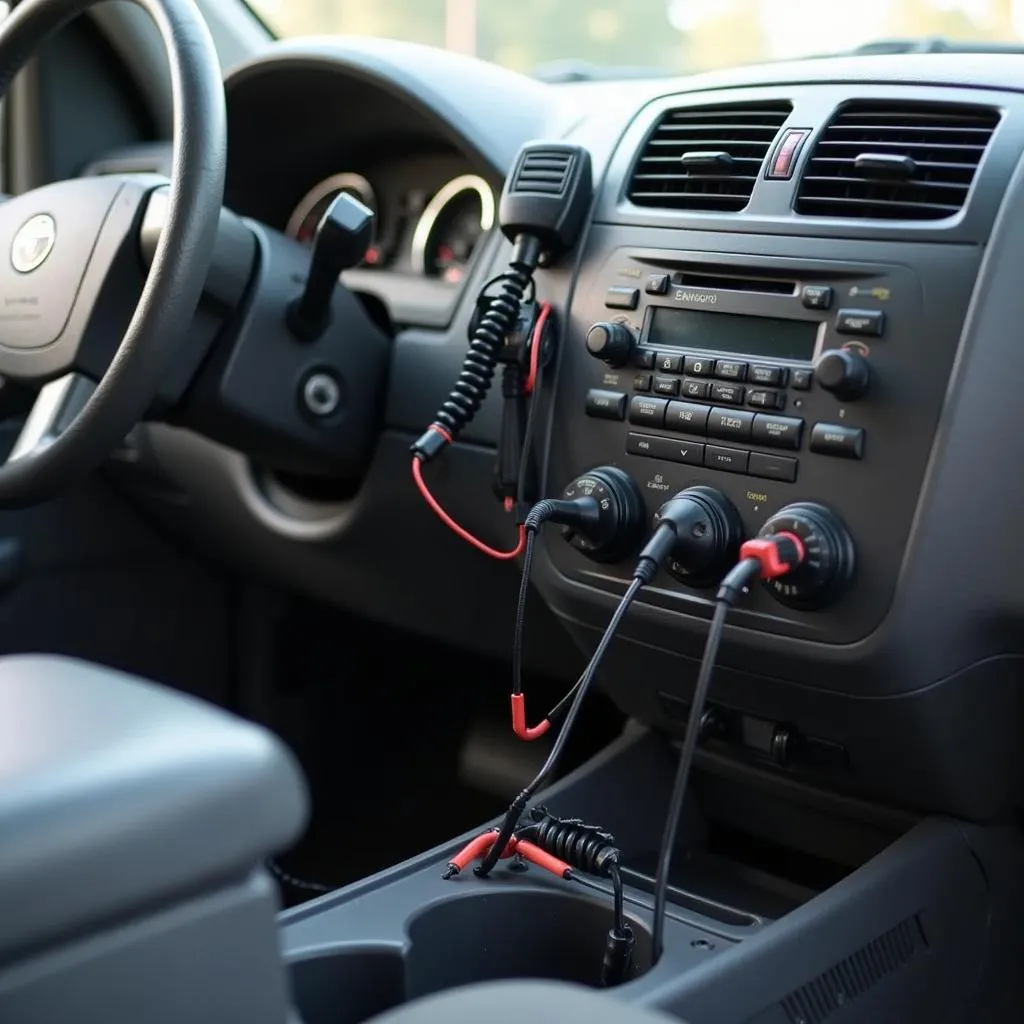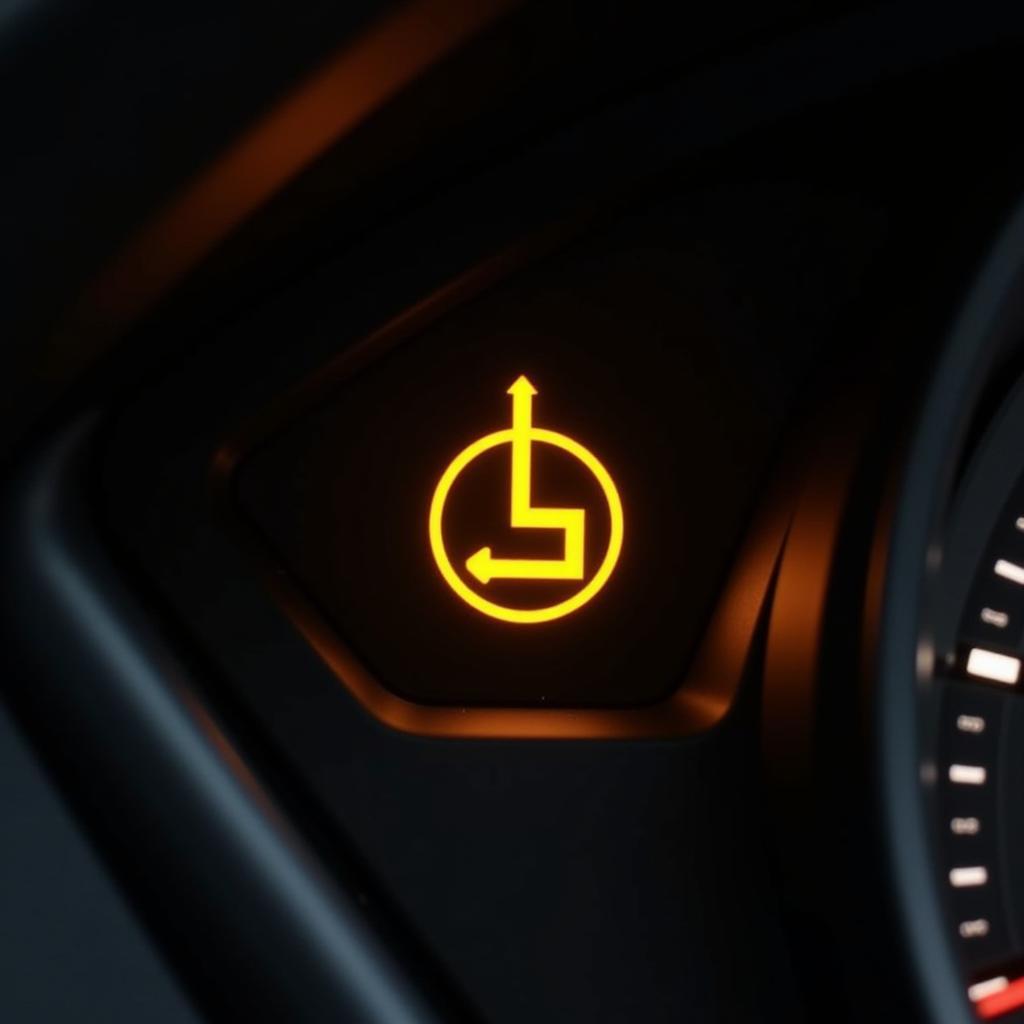The Jeep YJ, a legendary off-roader, is known for its ruggedness and reliability. However, even the toughest vehicles can encounter issues, and one common problem YJ owners face is the persistent seat belt warning. This article delves into the intricacies of the Jeep YJ seat belt warning system, providing you with the knowledge and tools to diagnose and resolve this issue.
Understanding the seat belt warning system is crucial. Its primary function is to enhance safety by alerting occupants to fasten their seat belts. The system comprises several components working in unison, including seat belt buckles, sensors, wiring, and the warning chime/light.
Common Causes of Jeep YJ Seat Belt Warning Light
Several factors can trigger the seat belt warning light in your Jeep YJ. Here are the most common culprits:
-
Faulty Seat Belt Buckle: The buckle mechanism, where you latch your seat belt, houses a sensor that detects whether the belt is fastened. Over time, this sensor can wear out, get damaged, or accumulate dirt and debris, leading to a false warning signal.
-
Defective Seat Belt Sensor: Beyond the buckle, some YJs utilize a separate seat belt sensor to monitor engagement. A malfunctioning sensor can continuously send a signal indicating an unfastened belt, even when it’s securely buckled.
-
Wiring Issues: The wiring harness connecting the seat belt buckle and sensor to the vehicle’s electrical system is susceptible to wear and tear. A frayed, broken, or corroded wire can disrupt the signal flow, triggering the warning light.
-
Faulty Warning Chime/Light: While less frequent, a malfunctioning chime or warning light itself can be the root cause. In such cases, the rest of the system might be functioning correctly, but the alert mechanism is faulty.
Troubleshooting the Seat Belt Warning
Before assuming the worst, start with basic troubleshooting steps:
-
Check the Obvious: Ensure the seat belt is fully fastened and clicked into the buckle. It might seem obvious, but a simple oversight can be the culprit.
-
Inspect the Buckle: Examine the buckle for any visible damage, dirt buildup, or foreign objects obstructing the latching mechanism. Clean the buckle thoroughly and try fastening the seat belt again.
-
Check the Wiring: Visually inspect the wiring harness leading to the seat belt buckle and sensor (if applicable) for any signs of damage, fraying, or loose connections. If you find any issues, consult a mechanic to repair or replace the wiring.
Advanced Diagnostic Techniques
If the basic troubleshooting fails to resolve the issue, more advanced diagnostics may be required. These often involve specialized tools and knowledge:
-
OBD-II Scanner: Connect an OBD-II scanner to your YJ’s diagnostic port. The scanner can read error codes stored in the vehicle’s computer, potentially revealing the specific fault within the seat belt warning system.
-
Multimeter Testing: A multimeter can check the continuity of the wiring harness and the functionality of the seat belt buckle sensor. This helps determine if the electrical signals are being sent and received correctly.
Remote Software Solutions
In modern vehicles, software plays a significant role in various systems, including safety features. While the YJ predates extensive software integration, remote software solutions are becoming increasingly relevant in the automotive industry.
-
Remote Diagnostics: Some companies offer remote diagnostic services where technicians can access your vehicle’s computer remotely to read error codes and diagnose issues, potentially identifying problems with the seat belt warning system.
-
Software Updates: While less common for older models like the YJ, software updates can sometimes address bugs or glitches that might affect the seat belt warning system. Check with your Jeep dealership or authorized service center for potential software updates.
Seeking Professional Help
If the issue persists despite your troubleshooting efforts, it’s advisable to seek assistance from a qualified mechanic, especially one experienced with Jeep vehicles. They possess the expertise and tools to diagnose and repair more complex issues.
Conclusion
The seat belt warning system in your Jeep YJ is crucial for your safety. Understanding the common causes and troubleshooting steps can help you address this issue effectively. Remember, regular maintenance and prompt attention to warning signs can keep your YJ running smoothly and safely for years to come.
Frequently Asked Questions
Can I disable the seat belt warning in my Jeep YJ?
While it’s technically possible to disable the warning, it’s highly discouraged. The seat belt warning is a crucial safety feature designed to protect you and your passengers. Disabling it can compromise your safety and may even be illegal in some jurisdictions.
How much does it typically cost to fix a seat belt warning issue?
The cost can vary widely depending on the root cause and the labor rates in your area. A simple fix like cleaning a dirty buckle might be inexpensive, while replacing a faulty sensor or repairing wiring can be more costly.
Can a bad battery cause the seat belt warning light to come on?
While less likely, a weak or failing battery can sometimes cause electrical glitches in your vehicle, potentially affecting the seat belt warning system.
Is it safe to drive my Jeep YJ with the seat belt warning light on?
While you can technically drive with the light on, it’s not recommended. The warning light indicates a potential issue with the system, and driving without a properly functioning seat belt restraint can significantly increase the risk of injury in case of an accident.
Can aftermarket seat belts trigger the warning light?
In some cases, installing aftermarket seat belts that are not compatible with your YJ’s system can trigger the warning light. Always ensure that any aftermarket parts are compatible with your vehicle’s make and model.


